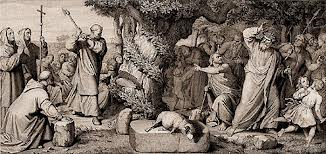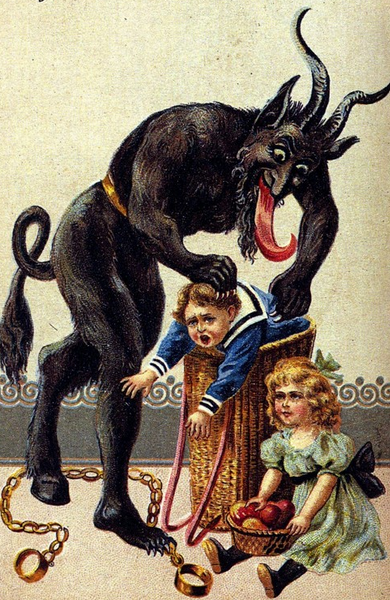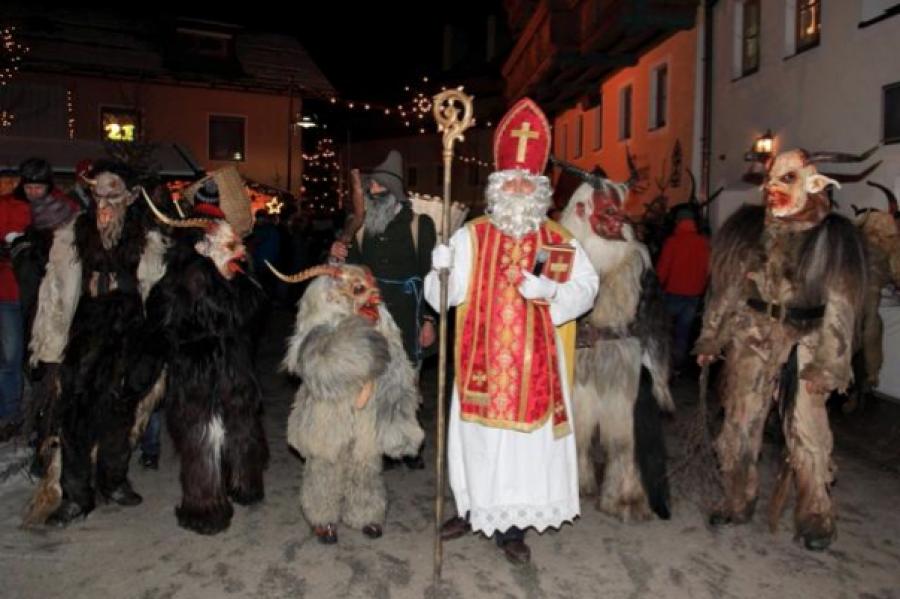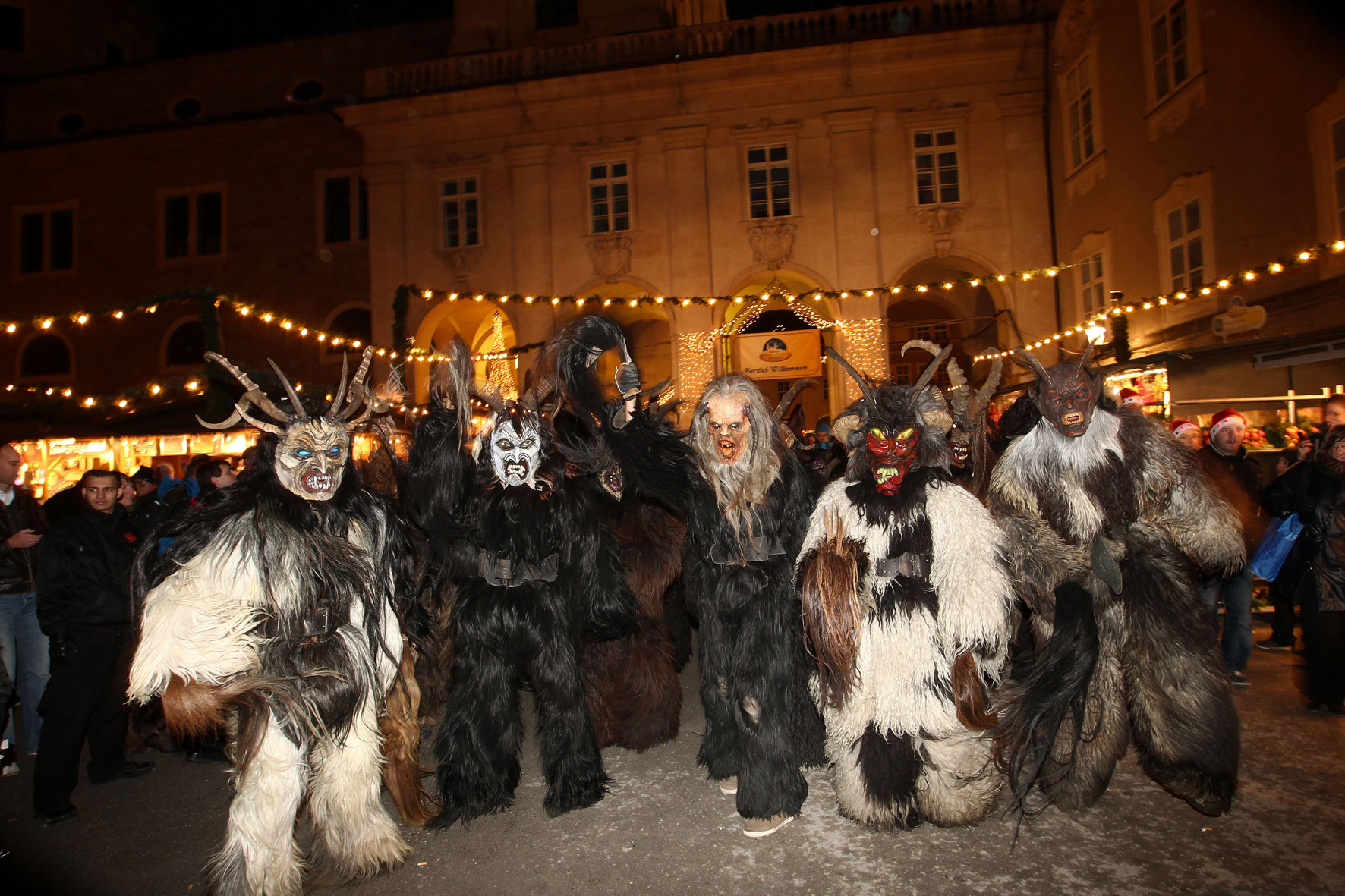Christmas trees are among the most popular holiday customs of the modern world. Of all sizes and of many shapes, trees are set up in homes and shopping malls and store aisles to be decked with lights, tinsel, and ornaments. Children look forward to the arrival of the tree and share in its decoration. The decorated tree is the surest sign that the “holiday season” has arrived. But some disparage Christmas trees and call them little more than pagan intrusions into the Christian celebration. They cite the sacred trees of the Germanic tribes and assert that the decorated trees in modern houses are an ongoing homage to Thor, Odin, and the other gods of Valhalla. Although certain trees were considered sacred and might be decorated to celebrate certain days, no Germanic pagan would ever dream of cutting down the sacred trees or bringing them indoors. Cutting down the trees was the work of the Christian missionaries, especially St. Boniface of Mainz.
Cutting down the holy trees was an act of desecration against the gods of Valhalla and an assertion that they were powerless to stop such a violation of their memory. When St. Boniface began to cut down Thor’s Oak, it is said that “suddenly a great wind, as if by miracle, blew the ancient oak over. When the god did not strike him down, the people were amazed and converted to Christianity. He built a chapel dedicated to Saint Peter from its wood…”
Although the pagan Germanic celebration of the midwinter feast of Yule describes great feasting, there are no mentions of decorated trees. The “Yule logs” were ordinary trees that were cut down and brought in to be burnt, not the sacred trees. To cut down and bring the tree indoors, decorate it, and then burn it is an act specific to the newly-converted Germanic peoples to celebrate the end of the old gods and the birthday of the new.







